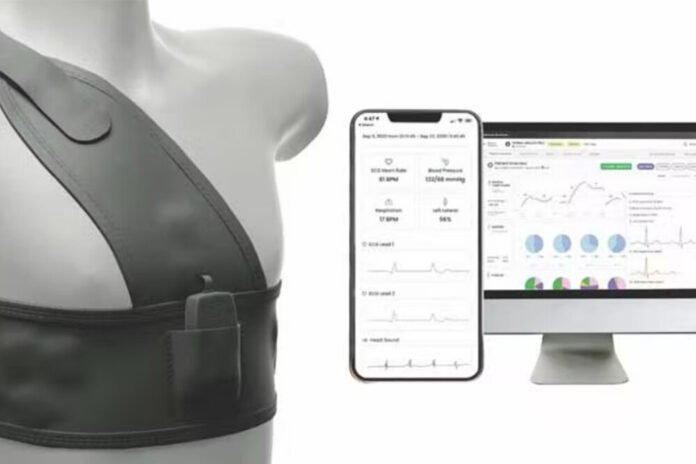IPC standards are the electronics-industry-adopted standards for design, PCB manufacturing, and electronic assembly. As the e-textile market continues to grow, comparable quality and reliability standards across the multitude of e-textile applications become a necessity. Thus far, there are no proper e-textile reliability standards, so e-textile manufacturers look to other, related fields where such standards already exist.
As a non-profit, member-driven organization and leading source for industry standards, training, industry intelligence, and public policy advocacy, IPC is the global association that helps OEMs, EMS, PCB manufacturers, and suppliers build electronics better. More than 3,000 companies worldwide depend on IPC programs and services to further their competitive advantage and financial success. IPC members represent all facets of the electronics industry, including design, printed board manufacturing, electronics assembly, and testing.
Textile is a ubiquitous material and a flexible substrate for fabricating printed electronics. Printed electronics on textile is an additional layer of functionality integrated into this ubiquitous material present in our apparel, upholsteries, and accessories. The goal of the IPC-8952 standard is to establish specific requirements for the design of printed, electronic applications (design details, materials, test requirements, mechanical properties, physical properties, thermal management) on textile as a substrate. The standard also established the specifications for methodologies of component mounting and interconnecting structures on coated or treated textile substrates. It aims to introduce a common design language and guidelines for use between user and supplier for any given e-textiles with printed electronics.
One of the main functionalities of printed-electronics e-textiles is the electrical function of the circuits in printed electronics. The functionalities related to the printed conductive traces are electrical connectivity, electrical insulation between adjacent printed conductive traces, and leakage current through a given dielectric layer between adjacent printed traces. The IPC-8971 standard outlines the rules for determining adjacent printed conductive traces and type of adjacency using the CAD/CAM drawings of the printed circuit. The end-product classifications for electronic devices—Classes 1, 2, and 3—also are considered for defining the test requirements. To explore different classes and details of the standards, please click here.



